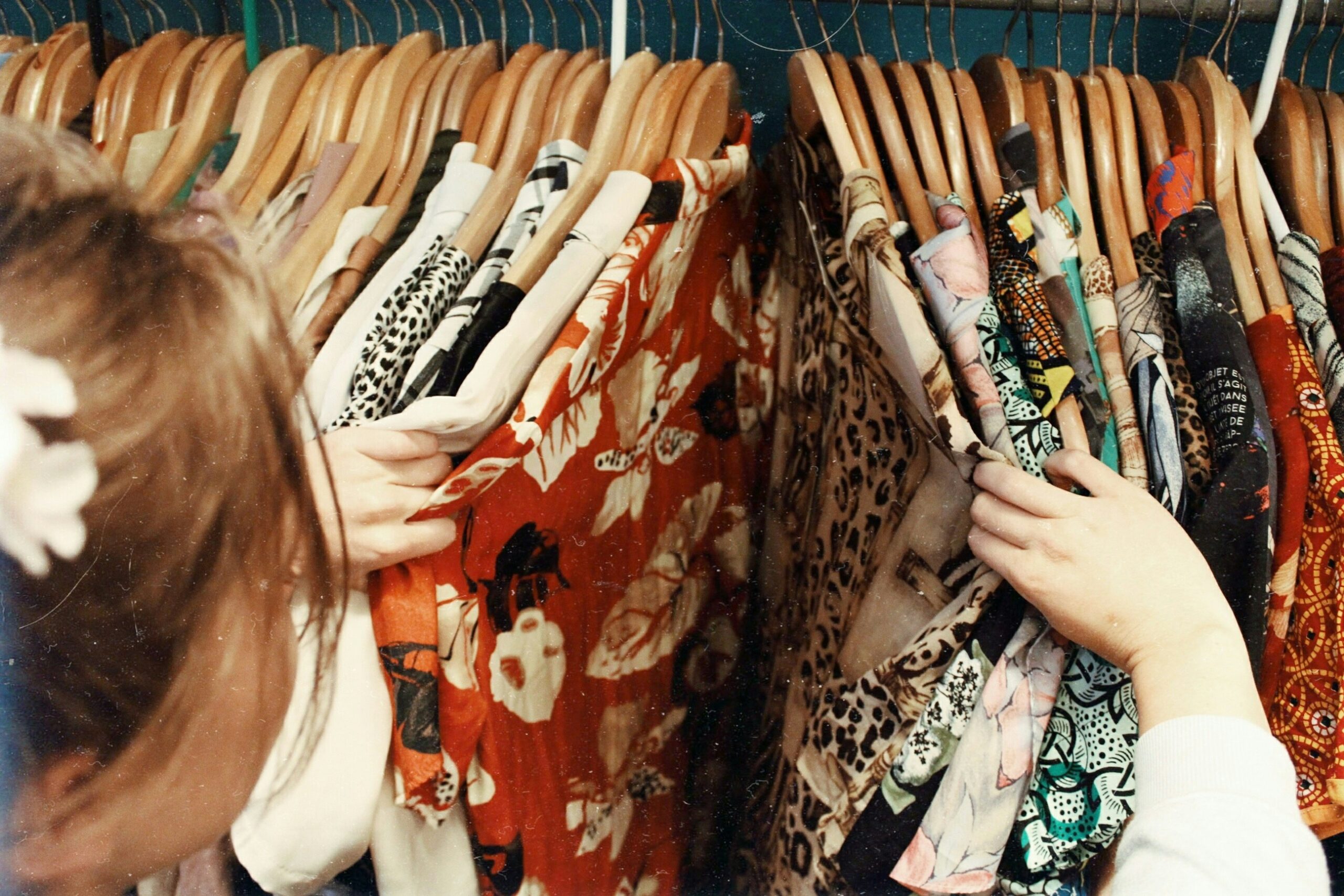Dear BoF Community,
Welcome to the new world order.
The fashion industry is still reeling from President Donald Trump’s “Liberation Day” announcement on Wednesday of new US tariffs that have global fashion brands, manufacturers and emerging businesses around the world grappling with how to respond.
Trump reportedly scheduled the announcement on April 2 to avoid it being perceived as an April Fool’s Day joke. But make no mistake, this barrage of tariffs is a foolish, misinformed attempt at economic nationalism which will harm US consumers and possibly lead to a recession.
No one expected the tariffs targeted at fashion to be quite as high or as sweeping. As the US imports more than 98 percent of its clothing and about 99 percent of shoes, virtually every fashion item sold in the country will be hit with additional duties, raising prices for consumers and contributing to further inflationary pressures.

Goods from Vietnam will be subject to a 46 percent tariff. Cambodia will have a 49 percent duty, Bangladesh will have 37 percent duty, and China is subject to an additional 34 percent tariff on top of already high existing duties.
This has pummelled the stock prices of US companies like Nike, Puma, Ralph Lauren, PVH, Tapestry and Capri which make clothes and shoes in these key fashion manufacturing hubs, but also international companies including Adidas, H&M and Richemont, which is facing a 31 percent tariff on watches manufactured in Switzerland.
Independent designers and brands will feel the hit too. While some American designers make clothes in the US, they usually source their fabrics and textiles from abroad. “This will affect everyone from the lowest price points to the highest of the high,” wrote the American designer Sergio Hudson on BoF’s Instagram post announcing the tariffs. “We produce all in the USA, but fabrics and materials come from everywhere. There is almost zero fabric production in the US. Most fabrics come from Italy, almost all silk comes from Asia. This is very bad.”
Now, there are growing signs this will escalate into a global trade war. On Friday, China responded with its own set of tariffs of 34 percent on US imports, set to go in effect on April 10, the day after the US tariffs go into force. The European Union, which is facing a 20 percent blanket tariff from the US, is also weighing its options for a retaliatory response.
The months ahead will require careful planning and agile responsiveness to this rapidly unfolding crisis. On Monday, BoF published an Executive Memo with a detailed roadmap of the options that companies can use to mitigate the impact of the tariffs. This will require a comprehensive strategy that involves the whole enterprise rather than just the sourcing team:
- Pricing: Brands need to first understand what matters most to consumers about their assortment and be strategic with increases rather than boost prices across the board.
- Merchandising: Brands should be cautious about sacrificing product design or quality, but consider cutting SKUs that aren’t contributing to profitability.
- Manufacturing: Simply shifting to suppliers in another country will not work, given the sweeping tariffs, so companies should emphasise building resilient, flexible supply chains with redundancies built in.
- Cost Cutting: The need to cut costs may be unavoidable, but brands also need to consider the extended impacts of any cuts and make sure they don’t come at the cost of long-term brand health.
It’s hard to conclude this note with any sense of optimism this week, except to say now is the time to stay calm, maintain perspective and focus on addressing the things under our control.
Below you will find links to all of our coverage on the escalating tariffs crisis, and how you can chart a way forward.
Have a great weekend.
Imran Amed, Founder and Editor-in-Chief
Here are my other top picks from our analysis on fashion, luxury and beauty:
1. Executive Memo | An Action Plan for Navigating Trump’s Tariffs. US President Donald Trump’s tariff actions are raising costs for fashion businesses and throwing supply chains into disarray. As his administration prepares a new wave of duties, and other nations retaliate with tariffs of their own, executives have a variety of measures at their disposal to mitigate the impact, from pricing, sourcing and product strategies to financial actions.
 Opens in new window
Opens in new window2. ‘Mind-Boggling’ Tariffs Threaten Fashion With Covid-Level Crisis. The industry is scrambling to adjust to the shockwave of new import duties announced by President Donald Trump on ‘liberation day.’ Many of fashion’s biggest manufacturing hubs are facing the highest tariffs.

3. Trump’s Tariffs Rock Fashion’s Supply Chain. Some of the most severe import duties announced Wednesday were aimed at apparel manufacturing hubs.

4. Explainer: How Trump’s Tariffs Threaten Luxury Fashion. The Trump administration’s radical changes to US trade policy won’t push retail prices up enough to directly dampen sales, but the effects on the global economy and consumer sentiment could seriously dent an industry still struggling to bounce back from a sharp downturn in demand.

5. Sneaker and Apparel Retailers Blindsided by Tariffs on Asian Factory Hubs. Shares in Nike, Adidas and Puma plummeted after Vietnam, the second-biggest apparel exporter to the US, was hit with a 46 percent tariff rate.

This Weekend on The BoF Podcast

After years of honing his craft at Savile Row, studying at Central Saint Martins, and working for Givenchy, Edun and Golden Goose, Japanese designer Satoshi Kuwata created the brand Setchu,a deeply personal response to his passion for blending Japanese and Western ideas.
“Once you meet the Western garment, it’s free. You can do whatever you want. Some people go too crazy, but designers like Rei Kawakubo, and Yohji Yamamoto are geniuses, for understanding the flow of the fabric, understanding the shape of it but still keeping their Japaneseness,” shares Kuwata.
Kuwata joins BoF Founder and CEO Imran Amed to explore how his Japanese upbringing shaped his creative vision, how Savile Row and Saint Martins gave him the tools to execute it, and why he’s just as focused on designing a company as he is designing clothes.







